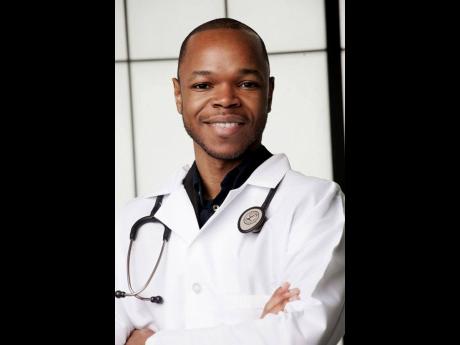Yohann White | Are we ready to fight the bird flu?
‘Pink eye’ was the main sign reported by a man in Texas as the first documented spread from a cow to a human of the highly deadly bird flu in the USA. He is alive. This comes amid an epidemic wave of the bird flu among animals, including cows, chickens and cats in the United States.
WHAT IS H5N1?
Two main groups of influenza viruses are of concern in public health – Influenza A that infects a wide range of birds and mammals (for example, cows, humans), and Influenza B that tends to be largely confined to mammals. Influenza A viruses are further sub-grouped based on certain markers on their surface. These markers, ‘H’ and ‘N’, such as in H5N1, allow the virus to enter cells in our bodies.
There are up to 18 types of H and 11 types of N markers that occur in different combinations. The 1918 pandemic due to the H1N1 flu claimed between 50 to 100 million lives. H2N2 claimed about one million lives during the 1957-1958 pandemic.
New flu strains occur when a virus undergoes certain small changes in its genes. Bigger changes occur when different virus strains meet up in the same animal and share virus genes, resulting in a strain that is so new that most persons’ immune systems are not prepared to fight it, and herein lies the major threat for a pandemic. These pandemic flu strains are distinct from seasonal flu, to which much of the world’s population has some immune protection from previous infection with similar seasonal strains or through vaccination.
According to the World Health Organization (WHO), seasonal flu causes milder disease and affects about one billion persons worldwide each year, among whom four out of every 1,000 may get severe disease, and overall, about six out of every 10,000 persons die.
Among the flu viruses with pandemic potential, some strains are known to be more deadly than others. H5N1 is a highly pathogenic (deadly) avian (bird) influenza (HPAI) that can kill one out of every two persons who get infected.
ARE WE READY TO BATTLE ANOTHER PANDEMIC?
Jamaica, through the National Influenza Centre, is one of 127 countries, areas and territories that send samples from patients with flu-like illnesses to the WHO Global Influenza Surveillance and Response System. Laboratory tests detect not only flu viruses, but other respiratory viruses, such as coronaviruses, like the one that causes COVID-19. Detailed genetic data of these viruses are shared among scientists worldwide through the Global Initiative on Sharing All Influenza Data, allowing them to promptly detect new strains and guide the public health response.
The International Health Regulations and Pandemic Influenza Preparedness (PIP) Framework (since 2011) foster this essential public health coordination worldwide. Collaboration among WHO, the Food and Agriculture Organization, and World Organization for Animal Health through the One Health approach, monitors the movement of infections, including various flu strains, from animals to humans.
HOW CAN INDIVIDUALS PROTECT THEMSELVES
Fortunately, it appears that the H5N1 strain that infected the man in Texas may be sensitive to available antivirals. An April 5 update from Centers for Disease Control and Prevention (CDC) indicated that the genes of the emerging H5N1 show no signs of increased ease of being passed from human to human, and that it is similar to vaccines that were already being developed against similar H5N1 strains.
According to the CDC, individuals can protect themselves in the following ways:
- Avoid contact with sick animals,
- Avoid contact with persons with flu-like illness,
- Wash hands properly with soap and clean water, or use alcohol-based sanitisers containing more than 60 per cent alcohol,
- Cook meats and eggs properly before eating,
- Drink only pasteurised milk,
We have a robust global surveillance system for detecting respiratory viruses that have pandemic potential, an ever-present threat. An effective response requires individuals taking steps to protect themselves, public health surveillance and international cooperation.
Dr. Yohann White is a medical doctor who specialises in conditions of the immune system and vaccines. Views expressed are the author’s. Send feedback to yohann.white@caribewellness.com


